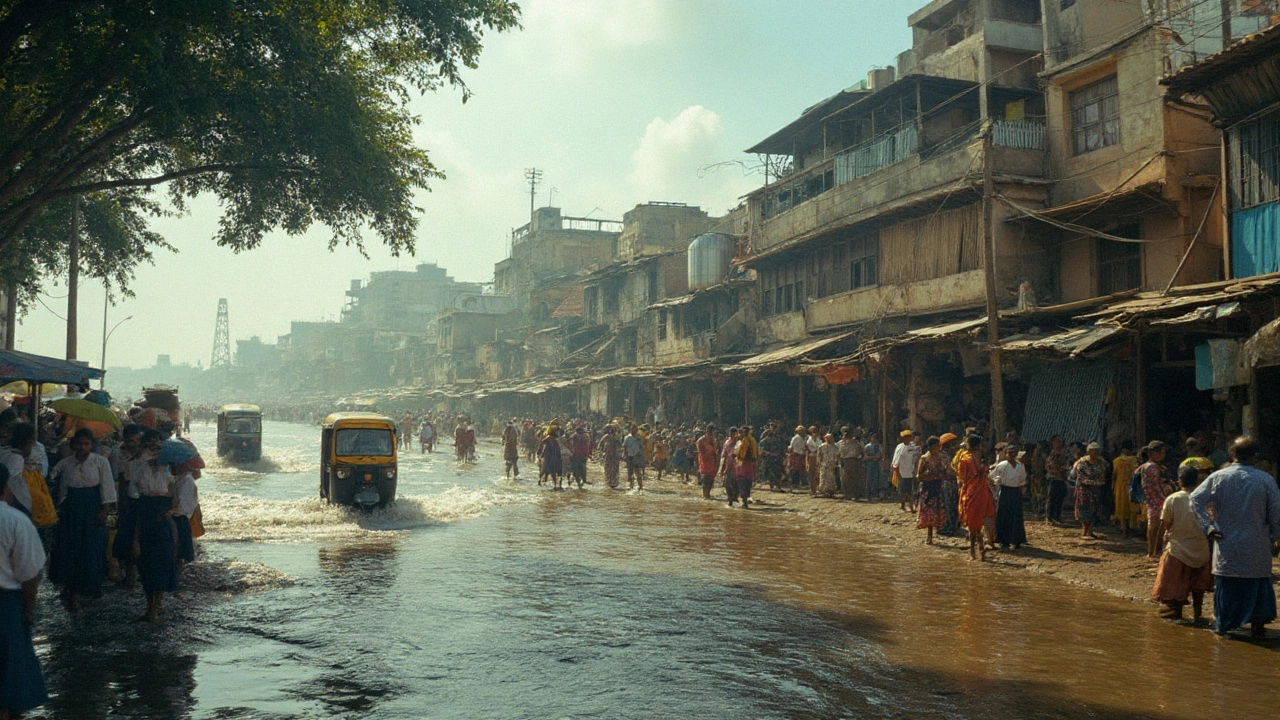Tipping Points: When Small Changes Trigger Big Shifts in Science and Society
When you hear tipping points, the moment a system shifts suddenly from one state to another, often after years of slow buildup. Also known as critical thresholds, it happens when a small push—like a policy change, a new tool, or a single breakthrough—flips everything. Think of it like a glass of water: you keep adding drops, nothing changes… until one more drop overflows. That’s a tipping point. In science and society, these moments don’t always feel dramatic at first. But they change everything.
Take renewable energy, power from sources like solar and wind that don’t run out and produce little to no pollution. In India, solar power wasn’t always cheaper than coal. But as panels got cheaper, storage improved, and policies shifted, the cost curve flipped. One day, it just made more sense to build a solar farm than a coal plant. That was a tipping point—and now, solar is the fastest growing energy source in 2025. The same thing happened with public health intervention, planned efforts to prevent disease before it spreads, like vaccination drives or clean water programs. Polio didn’t vanish because one vaccine was invented. It vanished because millions of doses were delivered, community workers showed up door-to-door, and trust was built over years. Then, one day, cases dropped to zero. That wasn’t luck. That was a tipping point. And it’s happening in technology transfer, the process of turning lab research into real-world tools used by farmers, hospitals, or factories. Too often, great science dies in the lab because no one designed it for the people who need it. But when researchers work with local partners, build maintenance into the plan, and fix the incentives, adoption suddenly takes off. That’s another tipping point.
These aren’t just abstract ideas. They’re happening right now—in villages where solar microgrids replaced kerosene lamps, in clinics where AI helps diagnose TB faster, in labs where CRISPR is curing genetic diseases. The common thread? Nothing changes until the system reaches its breaking point… and then, all at once, it changes forever.
Below, you’ll find real stories from India’s scientific frontlines—where researchers, engineers, and community leaders pushed past the slow grind and hit their tipping points. No theory. No fluff. Just the moments when things flipped.




